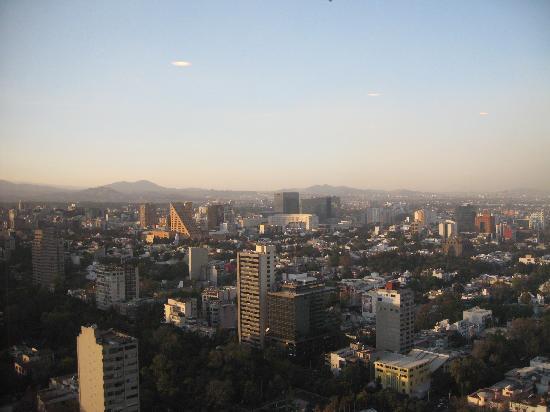This year closes with the Future Internet Assembly as part of the Ghent Future Internet Week. One more the event gathered the majority of European research projects/community around several sessions, workshops, exhibitions, and and and.
Presence of *common suspects* was harnessed to ran an ad-hoc meeting between FIRA (Future Internet Research Alliance) and EFII (Eurpean Future Internet Initative) members. As chairman of FIRA I had the pleasure to present vision and ambition of FIRA and to engage into discussions with EFII members in order to evaluate a potential collaboration of both organizations. Bottom line, this is was and still is the objective of the two communities, despite the number of differences to be sorted out. This is good news.
The meeting reinforced a conviction that complexity of such an joint venture must not be underestimated and after a poorly managed first attempt only a sound framework with clearly defined rules, roles, competencies, objectives, etc will create trust for moving forward. This was proposed and it now remains to be seen if reasonable agreement can be reached that represents the very different stakeholders and related objectives.
At the end the European research community seeks for a „Future Internet“ that is fundamentally different and enables Europe to take the lead in future Internet-based economies. Commonly agreed is that such an Future Internet will differ from the current one by consolidation and extensive collaboration across the different sectors, ICT and non-ICT, and from a technology, business, and policy perspective.
Such a vision implies not only technology transformation but mind sets as well. The Internet keeps proving to favor those that accept its openness and global nature instead of those trying to sustain protective approaches. Successful will be those ones, that endorse and assimilate the Internet as an opportunity to collaborate – isnt that what the Internet is all about?
The so-called G16, then the Industry Group, nowadays EFII, as well as FIRA are contemporary witnesses of this change and its pains. For the past two years the two organizations struggled with finding common ground for a multitude of reasons. Still there is a perspective, not least by the implementation of the FI-PPP, which was original motivation to the G16 and then EFII, as well as later FIRA. Lessons learned are that many players were finally able to put heads together and work for the greater good by letting „local“ agendas aside (to some extent). If eventually successful? Spring 2011 will tell; as usual writing/submitting proposals is a though job – but the origin of a real challenge at best.
One must not ignore the human dimension in all of this. Sincere consideration of the above leads to a change that has to happen at individual level. FIRA and EFII have proven this. Today I asked to stand down as chairman of FIRA given that original perspectives to founding members were reasonably met. Commitment to these was always a high personal priority to me. This was confirmed and implementation is already on the way. If this exercise will be repeated, I do believe, it could eventually be the natal hour of EFIA, the European Future Internet Alliance.


